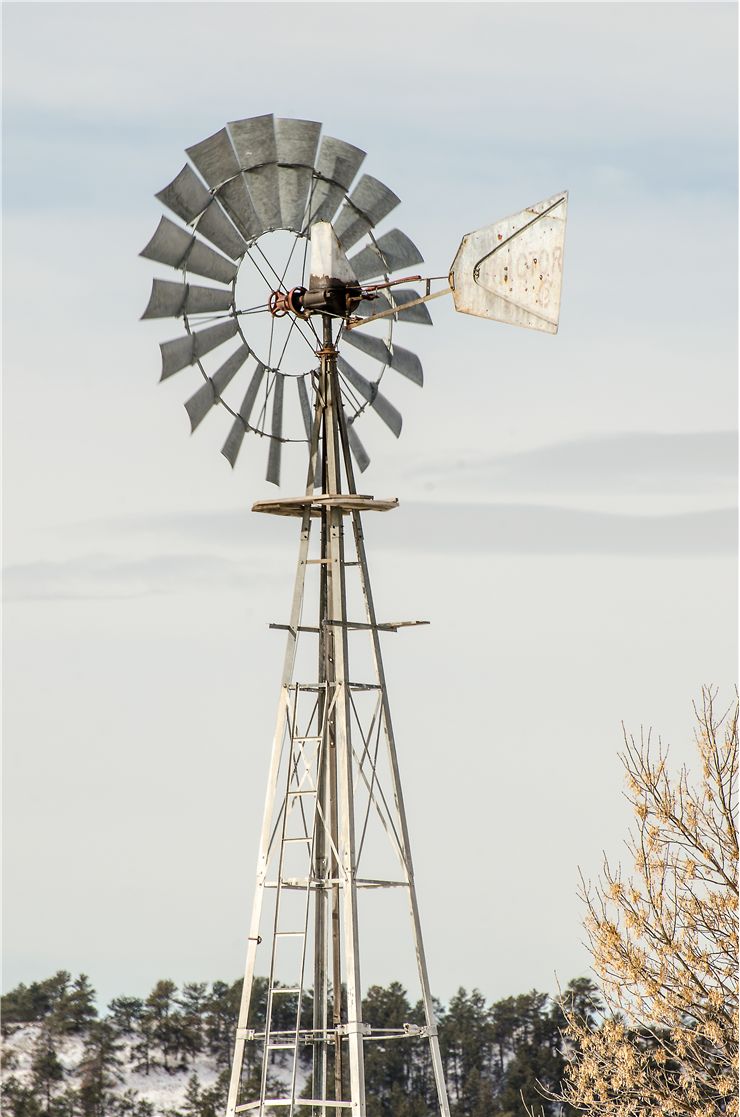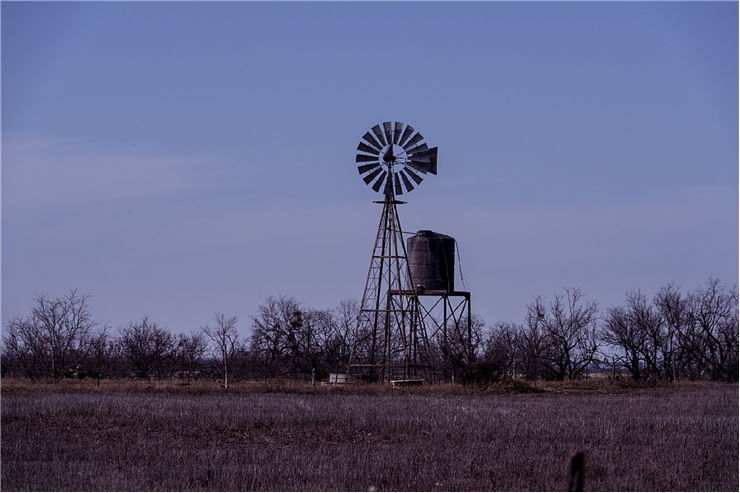Windpump History - Water Pumping Windmills
From the earliest times of windmills, their creators noticed their potential in moving water. This was done either to facilitate automated irrigation of fields in areas around river beads and streams, drainage of water from the areas that were submerged in water, or pumping water from deep wells back to the surface, enabling constant influx of fresh water to the ground that was in some cases bone dry over entire year. Over the decades and centuries since first windpums started being used, their design, effectiveness and ability to become extremely reliable machines for moving water, windpumps became one of the pivotal tools in the agriculture, earth shaping and building industry.
Introduction of first windpumps happened according to several historians around 9th century AD in areas of modern countries of Iran, Pakistan and Iran. There, simple wind powered designs were used for irrigation of fields beside rives and pumping of water from deep wells, and very quickly other Muslim countries copied their designs, leading to the eventual spreading of windmills to the India, China and Europe. In medieval and renaissance Europe, windpump windmills were used in many countries, but most famously they were most commonly found in Netherlands and the East Anglia area of Great Britain where irrigation and water pumping was in a great demand. Arrival of wind-powered waterpumps to the Europe enabled many inventors to improve their designs, increase their effectiveness and devise new ways of pumping and transporting water. This included new designs of sails, gears, rotors, bucket holders and more.
The popularization of windpumps reached its height with the expansion of European population to the New World. Most of them were used on the territories of United States and Mexico, where harsh environment demanded that water could be found only in deep underground reservoirs. At first, wooden windpumps were used all across America (and especially in the region of Great Plains and California), but inventors quickly devised ways to make them all from steel, including the blades that could extract as much as 30% of wind power and could start extracting water with as little as wind that was 5 to 6.5 km/h fast. The most important invention of the American wind pumps arrived from the mind of Daniel Halladay, who in 1854 introduced self-regulating windpump design that required minimal maintenance that could be as little as once-per year change of gear box oil. During the height of the waterpump popularity in the United States in 1930s, around 600 thousand of them were actively used. Today they can still be found all around the world, with 60 thousand of them being used in United States. They remain popular because of their simplicity, reliable work, low upkeep and ability to be constructed in areas with poor infrastructure.
In recent years, significant effort was made in construction of new types of windpumps that have higher level of wind energy conversion efficiency. Old windmills could catch only up to 30% of the wind energy, while other modern windmills could achieve even up to 40% rating.

